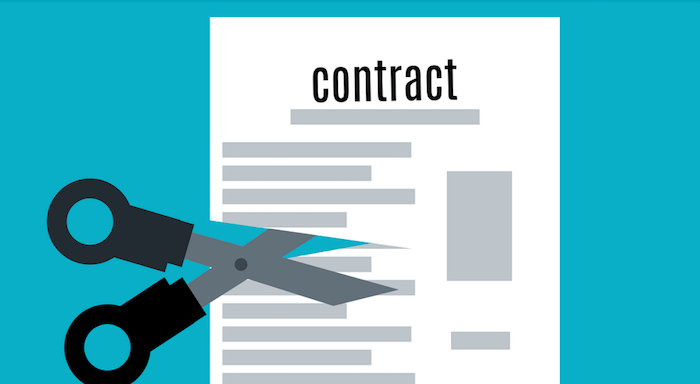If you enjoyed our last installment of the best GEICO commercials you should enjoy these gems just as much, if not more!
Examining the Pros and Cons of Minimum Full Coverage
(updated: May 09, 2016)
Wouldn’t it be great if every driver on the road could afford an auto insurance policy that could take care of practically everything in the event of a collision or other damage?
If you’re a millionaire, this might actually be a viable option. For the rest of us, however, it can be tricky to find a balance between what you need as a motorist and what you can actually afford to pay.
Liability coverage is a legal requirement, so there’s no question that to drive legally, you will have to purchase at least your state’s minimum requirements. However, this does nothing at all for you if you cause an accident, or if your car is stollen or vandalized.
Minimum Full Coverage: A Possible Compromise
To achieve peace of mind that you’re protected in such situations—without breaking the bank—you might think about choosing minimum full coverage insurance. As the name implies, it includes the minimum level of services needed to be considered full coverage.
However, what constitutes “full coverage” can vary from state to state and company to company, so it’s imperative to compare apples to apples when you’re shopping around for car insurance. Depending on individual state mandates as well as the features of a particular insurance plan, premiums can vary quite widely. Here are a few considerations to keep in mind:
State mandates for full coverage: Each state sets its own guidelines and laws when it comes to auto insurance. For example, in some states, coverage such as personal injury protection and uninsured motorist coverage are required for a policy to be considered “full coverage.”
However, most often, a full coverage policy has to provide at least three types of coverage: liability, comprehensive and collision. Liability pays for costs incurred by other motorists if you cause an accident. Comprehensive coverage covers damage caused by theft, vandalism, weather and other acts outside of a collision situation. And collision coverage pays for repairs or vehicle replacement.
Some states may require even other forms of coverage. Regardless, these three types make up the bulk of the policy, so to get a good deal on your coverage, look for providers that offer low premiums. A quick online search with a quotes comparison site will reveal all of the best offers from multiple insurance companies at once, allowing you to make an easy decision.
State mandates for liability coverage: In addition, states can mandate the minimum amount of liability coverage a person must carry to legally operate an automobile.
For example, in one state, you must carry a minimum of $30,000 of per-person coverage, while another state mandates you carry as little as $10,000. This is a major reason why there are huge discrepancies among both liability and full coverage policies from state to state, so be sure that you understand what your state minimums require and how much risk you are willing when choosing your liability limits.
Deductible variations: Another thing to take into consideration is your deductible—the amount you have to pay out-of-pocket before your insurance benefits kick in.
If you want minimum full coverage insurance, then you need a high deductible. The higher it is, the lower the premiums will be. Be careful when choosing this option, however, because you are basically betting on not getting into an accident. However, if you drive few miles per year, don’t live in a heavy-traffic area and/or have an excellent driving record, a high deductible may make perfect sense.
Putting It All Together
Now that you understand what minimum full coverage involves, you can use our free insurance quote comparison service to compare minimum coverage policies that are available in your state. Don’t be afraid to experiment with different scenarios—high deductible vs low deductible, etc.—and especially look for companies that offer benefits to safe drivers. With a little patience and a dab of investigative work, you may find a policy that gives you the peace of mind of full coverage along with the peace of mind of an affordable policy.



